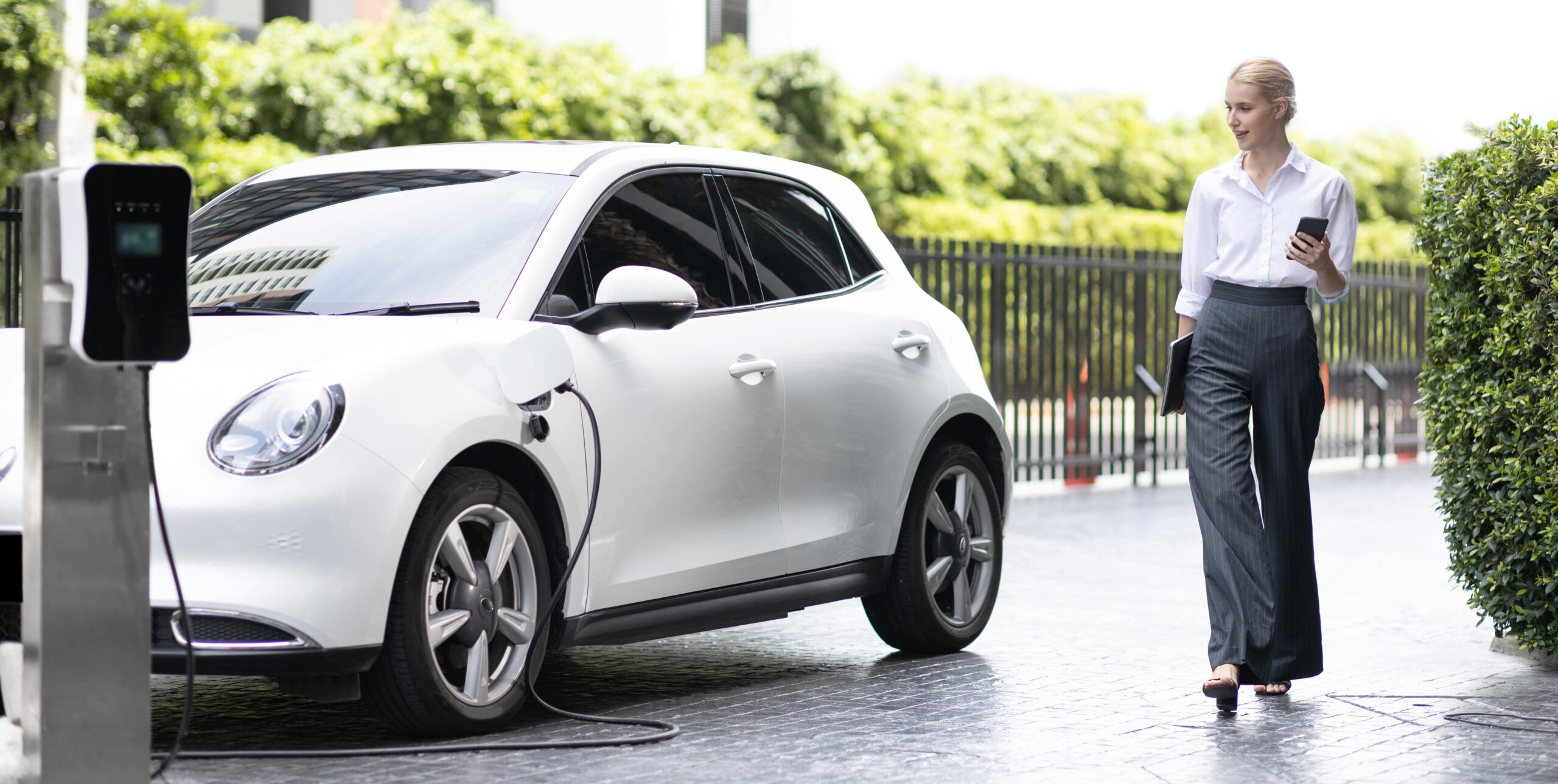In recent years, the shift towards electric vehicles (EVs) has gained significant momentum as the world seeks cleaner and more sustainable transportation alternatives. As part of this transition, governments and organizations worldwide are incentivizing the adoption of EVs by offering rebates and tax credits for installing EV charging station at home.
In this article, we explore the benefits of installing an EV charging station at home, available rebates, and how combining state and federal tax credits can maximize your savings.
Why Installing an EV Charger at Home Is Important
While public charging infrastructure is increasingly common, installing an EV charging stations at home offers numerous benefits that enhance convenience, cost-effectiveness, and overall sustainability.
Installing an electric vehicle (EV) charger at home is crucial for several reasons:
Convenience and Accessibility
One of the primary reasons to install an EV charging station at home is convenience. With a charging station on your property, you can charge your electric vehicle overnight or whenever it’s most convenient for you, eliminating the need for frequent trips to public charging stations.
Home charging allows you to start each day with a fully charged battery, providing peace of mind and ensuring you have enough range for your daily commute or errands.
Cost Savings
Charging an EV at home is often more cost-effective than using public charging stations or relying on gasoline. Home electricity rates are typically lower, especially during off-peak hours, resulting in significant savings over time.
By avoiding trips to the gas station, EV owners can also save on fuel costs and reduce their overall transportation expenses.
Environmental Benefits
Charging an EV at home using electricity from renewable sources, such as solar or wind power, further reduces carbon emissions and environmental impact. Home charging allows EV owners to take full advantage of clean energy sources and contribute to a greener future.
Overall, installing an EV charger at home is not only convenient for EV owners but also beneficial for the environment, your wallet, and the broader community.
Options for EV chargers at home
Setting up an electric vehicle (EV) charger at home involves several options based on your specific needs, budget, and existing electrical infrastructure. Here are some common options:
Level 1 Charging (120 Volts)
- This is the simplest and least expensive option.
- You can use the standard 120-volt outlet found in most homes.
- It’s the slowest charging option, typically providing about 3-5 miles of range per hour of charging.
- Requires no additional installation beyond a compatible outlet.
Level 2 Charging (240 Volts)
- This option provides faster charging compared to Level 1.
- Requires a dedicated 240-volt circuit, similar to what you’d use for a dryer or stove.
- Installation may involve hiring an electrician to set up the circuit and install the charging station.
- It offers around 10–60 miles of range per hour of charging, depending on the vehicle and charger.
Plug-in EVSE (Electric Vehicle Supply Equipment)
- These are standalone charging stations that you can plug into a 240-volt outlet.
- They typically offer faster charging than Level 1 but slower charging than hardwired Level 2 stations.
- Plug-in EVSEs offer more flexibility and can be easily transported or relocated.
Hardwired EVSE
- These are permanently mounted charging stations that require professional installation.
- They offer the same charging speeds as plug-in EVSEs but are more secure and integrated into your home.
- Installation involves running electrical wiring and mounting the charging station to a wall or post.
Smart EV Chargers
- Many EV chargers come with smart features such as Wi-Fi connectivity, smartphone apps, and scheduling capabilities.
- Smart chargers allow you to monitor charging remotely, schedule charging during off-peak hours for lower electricity rates, and receive notifications.
Solar-Powered EV Chargers
- If you have a solar panel system at home, you can integrate your EV charger with it to utilize clean, renewable energy for charging.
- This option reduces your dependence on the grid and can potentially lower charging costs.
When choosing an EV charger for your home, consider factors such as charging speed, cost, installation requirements, future scalability, and any incentives or rebates available in your area for EV charging equipment. It’s also essential to ensure compatibility with your electric vehicle’s charging port.
Available Home EV Charging Station Rebates
State Rebates and Incentives
Many states offer rebates or financial incentives to encourage homeowners to install EV charging stations. These incentives vary by state and may include cash rebates, tax credits, or grants.
To find out about available rebates in your state, visit the website of your state’s energy department or utility provider. Programs and eligibility criteria can differ, so it’s essential to research options specific to your location.
Federal Tax Credits
In addition to state incentives, homeowners may be eligible for federal tax credits for installing EV charging equipment. The federal government offers a tax credit of up to 30% of the cost of purchasing and installing a qualified EV charging station, with a maximum credit of $1,000 for residential installations.
To claim the federal tax credit, homeowners must file IRS Form 8911 along with their annual tax return. It’s important to keep records of the EV charging station purchase and installation costs to support the tax credit claim.
Get More Back: Combine State and Federal Tax Credits for EV Chargers
Maximizing Savings
Homeowners can maximize their savings by combining state rebates or incentives with federal tax credits for EV chargers. By taking advantage of both programs, EV owners can significantly reduce the out-of-pocket costs associated with installing a home charging station.
Be sure to carefully review the eligibility requirements and application procedures for each program to ensure compliance and maximize your potential savings.
Consultation and Assistance
If you’re unsure about available rebates or tax credits in your area, consider reaching out to local energy agencies, utility providers, or EV advocacy groups for guidance and assistance. These organizations can provide valuable information and support to help you navigate the rebate and tax credit application processes.
For even more up-to-date information on all things electric vehicles, see our Electric Vehicles: Everything You Need to Know.






